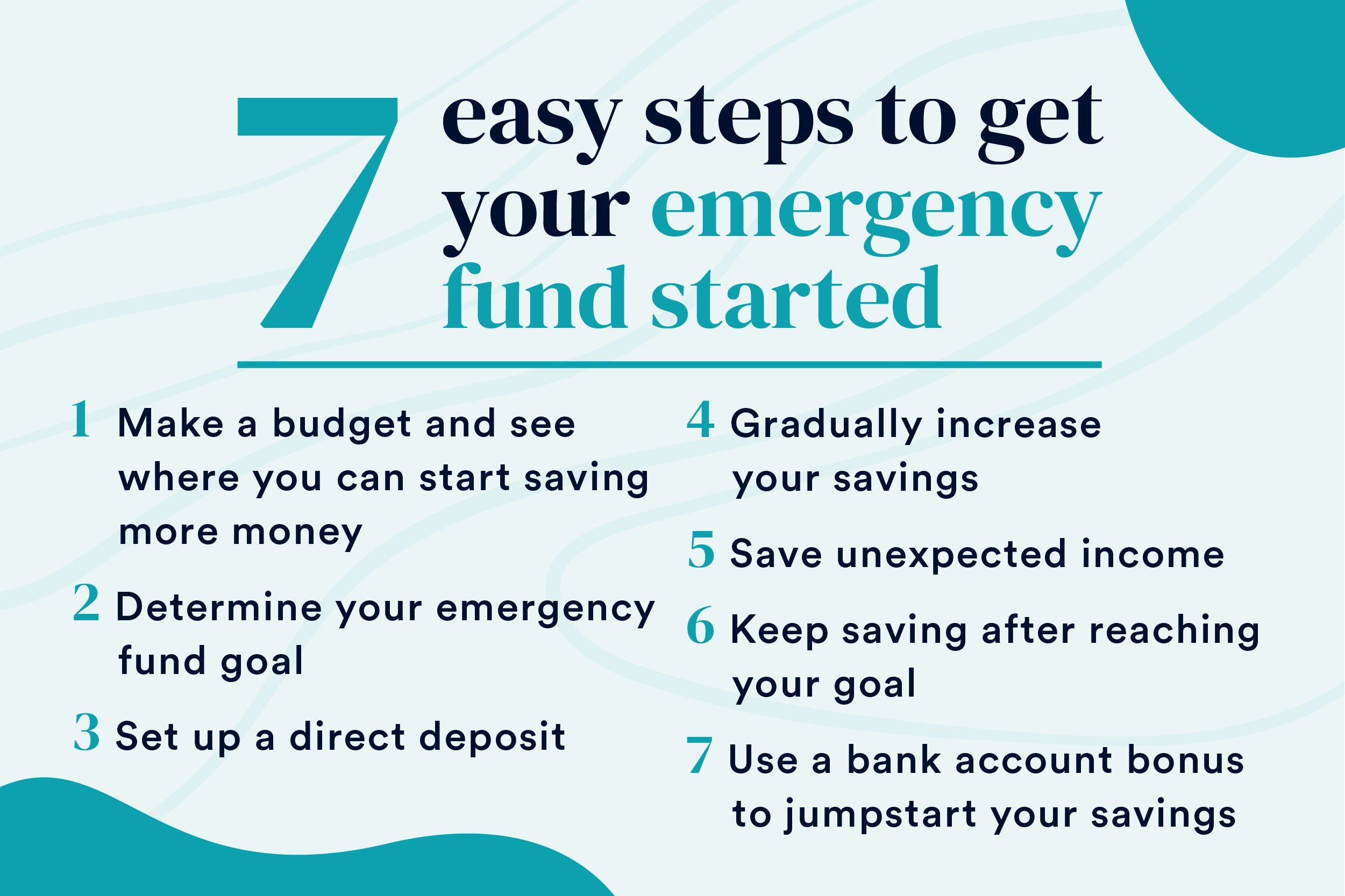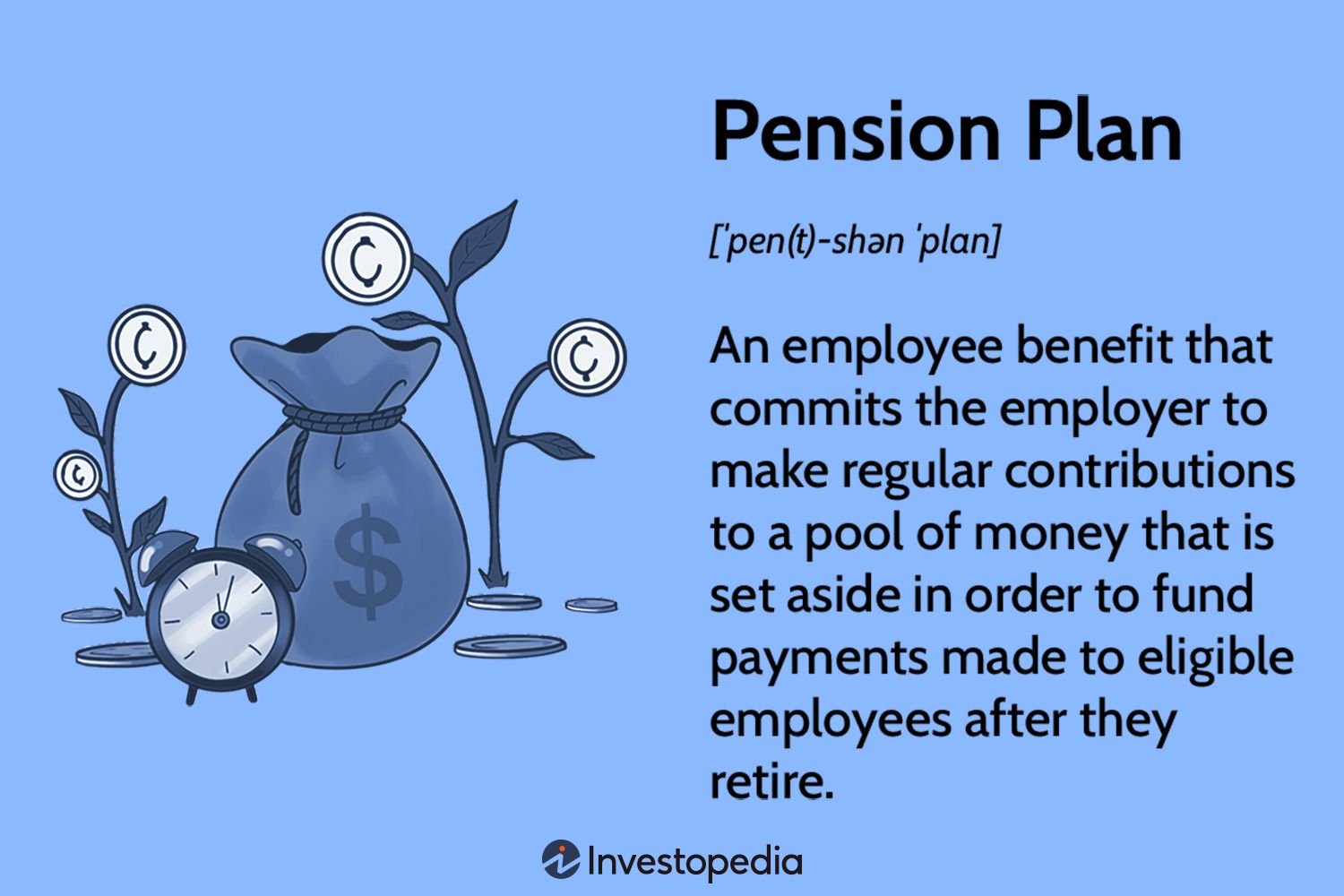Are you struggling to build an emergency fund on a low income? Well, worry no more! In this blog article, we will provide practical tips for building an emergency fund, even if your income is limited. We understand that saving money can be challenging, but with a few simple strategies and a commitment to financial well-being, you can take control of your financial future. Let’s dive right in and explore some effective ways to build that much-needed safety net. So, let’s explore some tips for building an emergency fund on a low income.
Tips for Building an Emergency Fund on a Low Income
Having a financial safety net in the form of an emergency fund is essential for everyone. It provides peace of mind and protects you from unexpected expenses or income disruptions. But what if you’re living on a low income? Building an emergency fund might seem challenging, but it’s not impossible. By following these tips, you can start saving and gradually grow your emergency fund, even on a tight budget.
1. Make Saving a Priority
When money is tight, it’s easy to put off saving for the future. However, making saving a priority is crucial, especially when building an emergency fund. Treat saving as an essential bill that needs to be paid every month. Set aside a fixed amount, no matter how small, and make it a habit.
- Create a budget: Start by tracking your expenses and identifying areas where you can cut back. Allocate a portion of your income towards savings.
- Automate your savings: Set up an automatic transfer from your paycheck or checking account to a separate savings account. This way, you won’t be tempted to spend the money.
- Save windfalls: Whenever you receive unexpected money, like a tax refund or a bonus, resist the urge to splurge. Instead, put it directly into your emergency fund.
2. Reduce Expenses
Lowering your monthly expenses can free up money that can be redirected towards your emergency fund. Look for areas where you can make cuts without sacrificing essentials.
- Review your bills: Analyze your utility bills, insurance policies, and subscriptions. Look for opportunities to negotiate better rates or switch to more affordable options.
- Cut back on discretionary spending: Evaluate your discretionary expenses, such as entertainment, dining out, or buying non-essential items. Consider reducing or eliminating these expenses temporarily to boost your savings.
- Save on groceries: Plan your meals, make a shopping list, and stick to it. Look for sales, use coupons, and consider buying bulk items that have a longer shelf life.
3. Increase Your Income
While saving money is important, increasing your income can significantly accelerate your emergency fund growth. Explore ways to boost your earning potential, even if you’re already working with limited resources.
- Take up a side gig: Find opportunities to earn extra money outside of your regular job. This can include freelance work, pet sitting, tutoring, or selling handmade crafts online.
- Upgrade your skills: Invest in developing new skills or improving existing ones. This can open up higher-paying job opportunities in the future.
- Ask for a raise: If you’ve been with your current employer for a while and have shown dedication and value, consider negotiating for a higher salary.
4. Allocate Windfalls Wisely
When you receive unexpected money, such as a tax refund or a work bonus, it’s tempting to splurge on something you’ve been wanting for a while. While it’s important to treat yourself occasionally, it’s equally important to allocate windfalls wisely to strengthen your emergency fund.
- Set a percentage rule: Determine a percentage of the windfall that you will allocate towards fun or discretionary spending, and the percentage that will go directly into your emergency fund.
- Prioritize your needs: Assess your financial goals and prioritize them. If building your emergency fund is a top priority, allocate a larger portion of the windfall towards savings.
- Break it down: If the windfall is substantial, consider breaking it down into smaller portions that you can deposit into your emergency fund over time. This can help you avoid the temptation of spending it all at once.
5. Seek Out Additional Resources
Many resources are available to individuals on low incomes to help them build their emergency fund. Take advantage of these opportunities to augment your savings.
- Government assistance programs: Research and apply for any government assistance programs that can provide financial support or services.
- Community resources: Check local community centers, non-profit organizations, or faith-based groups that may offer financial education, workshops, or grants to help you save.
- Financial education resources: Educate yourself on personal finance and money management. Many websites, blogs, and books offer practical tips and advice on saving money on a low income.
6. Stay Committed and Stay Positive
Building an emergency fund on a low income requires dedication and perseverance. It’s important to stay committed to your goal and remain positive throughout the process.
- Celebrate milestones: Set small milestones and reward yourself when you achieve them. This will keep you motivated and reinforce positive saving habits.
- Stay focused: Remind yourself of the importance of having an emergency fund and the peace of mind it provides. Visualize the financial security it will bring during unexpected circumstances.
- Be patient: Building an emergency fund takes time, especially on a low income. Don’t get discouraged by slow progress. Every small contribution adds up over time.
By implementing these tips and making saving a priority, you can successfully build an emergency fund on a low income. Remember, it’s not about the amount you save, but the habit of saving consistently that counts. Start small, be persistent, and watch your emergency fund grow.
How To Save An Emergency Fund Easily! (LOW INCOME)
Frequently Asked Questions
Frequently Asked Questions (FAQs)
How can I start building an emergency fund on a low income?
To start building an emergency fund on a low income, you can follow these steps:
Is it important to have an emergency fund?
Yes, having an emergency fund is crucial. It provides a financial safety net in case of unexpected expenses or emergencies.
What is the recommended amount to save in an emergency fund?
Financial experts suggest saving at least three to six months’ worth of living expenses in your emergency fund.
How can I save money on a low income?
Saving money on a low income requires careful budgeting and prioritizing expenses. Look for ways to reduce unnecessary spending, cut back on non-essential items, and find creative ways to increase your income.
What are some strategies to cut expenses and save money?
There are several strategies you can use to cut expenses and save money, such as creating a budget, tracking your spending, minimizing debt, finding cheaper alternatives, and negotiating bills and expenses.
Should I consider a side hustle to boost my income for emergency savings?
Yes, considering a side hustle can be a great way to increase your income and allocate more money towards building an emergency fund.
How can I stay motivated to save money when it’s tough on a low income?
Staying motivated to save money on a low income can be challenging, but setting realistic goals, visualizing the benefits of having an emergency fund, and seeking support from friends and family can help you stay on track.
What are some potential setbacks to be aware of when building an emergency fund on a low income?
Some potential setbacks when building an emergency fund on a low income include unexpected expenses, job loss, or a decrease in income. It’s important to be flexible and adjust your budget and savings plan accordingly in such situations.
Final Thoughts
To build an emergency fund on a low income, there are several key tips to keep in mind. First, prioritize saving by setting aside a fixed amount from each paycheck. Consider cutting back on nonessential expenses to increase your savings. Another option is to find ways to increase your income, such as taking on a part-time job or freelancing. Additionally, automate your savings by setting up automatic transfers to a separate savings account. Finally, stay committed and be patient as building an emergency fund takes time and discipline. By following these tips for building an emergency fund on a low income, you can establish financial security for unexpected situations.



